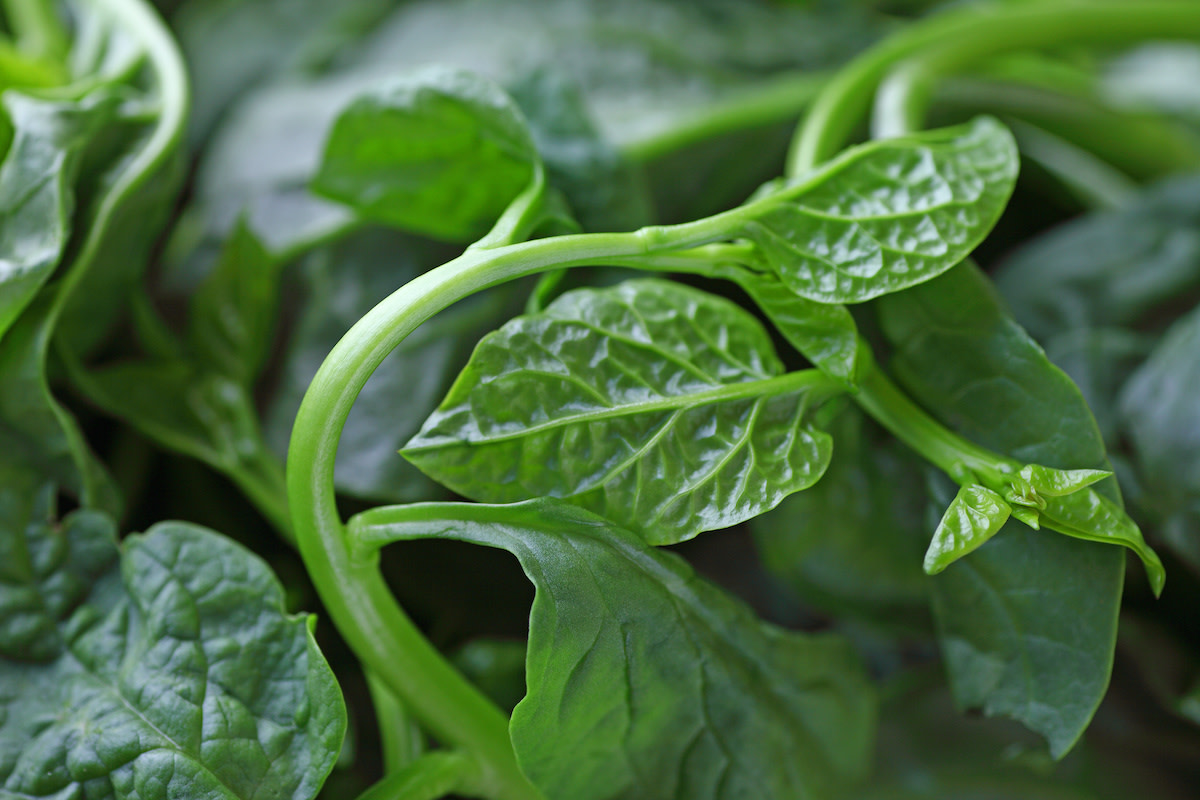Malabar Spinach Plant Tips: How to Grow Malabar Spinach
Written by MasterClass
Last updated: Nov 11, 2021 • 2 min read
Unlike most leafy garden vegetables, Malabar spinach thrives in full sun and summer heat. Its peppery, dark green leaves taste similar to Swiss chard.
Learn From the Best
What Is Malabar Spinach?
Malabar spinach is a vining, hot weather vegetable. Although it is not a true spinach, its succulent, green leaves resemble regular spinach. Just like spinach, its young leaves can add a peppery, vegetal flavor to curries, soups, stews, stir-fries, salads, and sautés. As an ingredient, it's most commonly found in Asian cuisines. Malabar spinach is high in vitamin A and C and provides a good supply of calcium and iron.
Malabar spinach goes by several other common names including climbing spinach, vine spinach, and Ceylon spinach. In the summer, Malabar spinach blooms white and purple flowers, which eventually become purple berries. The berries are edible, but they're more commonly used as a natural dye.
Two Main Types of Malabar Spinach
There are two main types of Malabar spinach plants: red Malabar spinach (Basella rubra) and green Malabar spinach (Basella alba). Both types belong to the Basellaceae family. Though they both have green, heart-shaped foliage, red Malabar spinach leaves grow on a shiny red stem.
How to Plant Malabar Spinach
Consider these factors before planting Malabar spinach in your garden.
- 1. Climate: Native to tropical Asia including India and Indonesia, this perennial vegetable is best grown in USDA hardiness zones seven to eleven. However, it can be planted annually in colder climates so long as you plant it after the danger of frost has passed.
- 2. Light: Malabar spinach is a resilient, heat-loving, leafy green that thrives in full sun and humid, warm weather.
- 3. Soil: Plant Malabar spinach in moist, fertile soil that's rich in organic matter. The ideal soil pH level is between 6.5 and 8, or relatively neutral.
- 4. Support: Since it is a vining vegetable, Malabar spinach should be planted alongside a trellis or wire cage.
- 5. Spacing: Space multiple Malabar spinach plants at least a foot apart to allow for adequate air circulation.
- 6. Water: Malabar spinach needs consistently moist soil. Water your plant with drip irrigation for the best results. Otherwise, water your plant deeply on a regular schedule.
How to Grow and Care for Malabar Spinach
Consider these tips for growing and caring for your Malabar spinach plants.
- 1. Propagation: Malabar spinach can be propagated by seed or cutting. To propagate by cutting, simply plant the stems in the soil, follow the care instructions, and wait for them to take root. Malabar spinach seeds can be dried and stored for planting the following year. To speed up germination, scarify Malabar spinach seeds with a piece of sandpaper. Plant seeds or stem cuttings after the last frost of the season.
- 2. Pruning: To prune Malabar spinach, cut off individual leaves from the vine, leaving some of the stem intact. Malabar spinach grows quickly, and regular pruning is necessary to keep the plant from taking over or becoming too unruly. It is also a self-seeding plant and can spread easily. To minimize the likelihood of unwanted spreading, remove the berries before they can mature.
- 3. Fertilizing: Regularly fertilizing your plant every three to four weeks with a high-nitrogen fertilizer will encourage rapid growth. Apply it during the growing season to maximize the plant's yield.
Learn More
Grow your own garden with Ron Finley, the self-described "Gangster Gardener." Get the MasterClass Annual Membership and learn how to cultivate fresh herbs and vegetables, keep your house plants alive, and use compost to make your community—and the world—a better place.
